Problems exist to make us better; when you solve a difficult problem you are rewarded with the knowledge that figuring it out gave you. Since every problem you encounter in life is a lesson, creating effective problem-solving strategies will get you to the lessons of that problem quicker.
Why create problem-solving strategies?
It’s impossible to go through life without encountering a problem. Even minor problems serve a bigger purpose in your life, your career, and your personal development.
Dismissing a problem in its early stages will cause that problem to grow into something you must deal with on a much bigger scale. Do things while they’re still easy to avoid unnecessary stress.
Creating problem-solving strategies solidifies specific ways you can handle your dilemmas before they inevitably take over your life.
For example,
You notice the air in your car tires are lower than normal but you can’t seem to find the time to inspect it or put air in it so you keep putting it off till another time. One day you wake up late, and rush out the house to find that your tire is now completely flat. You’re now late for your appointment because your previously-small problem has now evolved into a much bigger problem and ruined your day.
Do one-size-fits-all strategies work?
Not every problem comes with the same setup. Sometimes you won’t even know you’re dealing with a problem until after you’ve learned the lesson. While every problem needs to be dealt with differently, there are strategies you can apply to any problem.
If you’ve learned the lessons from a previously similar problem, you already have the knowledge that you need to quickly solve this new problem.
Don’t forget everything you’ve previously dealt with, they’re stepping stones that are preparing you for what’s ahead.
Different types of problem solving strategies
The Do-Nothing strategy
Sometimes when you do nothing, the problem will work itself out —but this is only true for certain things.
For example,
If someone wishes the worst would happen to you out of hurt or spite, it’s best to do nothing in that situation. If you’ve hurt that person, apologize and keep it moving. Never retaliate and try to do bad things to that person; let karma handle the situation.
The do-nothing strategy works best with failed relationships and friendships— just let it go. Time heals all wounds and karma always has positive or negative payback waiting.
Trial and Error Strategy
Sometimes you have to try and try again to see what works best. Thomas Edison took this route when he was designing the first light bulb. He tried over 1,000 times before he succeeded with solving his problem.
Unless a problem is unsolvable— which is rare today due to technology—you should never give up before it’s solved.
Solving some problems is like digging for gold: the more you hack away, the closer you get to the reward.
The trial-and-error strategy can be used when tackling different types of problems. If nothing seems to be working, try a different route; if that doesn’t work, try something else until you find the solution.
The Detailed Plan Strategy
This technique can be applied to every problem you face in life.
Picking apart your problem to analyze it and strategize ways to solve it will be the most beneficial. It can also be used in combination with the other strategies previously mentioned.
Lay out specific steps in detail to identify the problem you’re dealing with and eventually take action to solve it. I explain how it all works below.
How to create a problem-solving strategy that works
Identify the problem
You can’t solve a problem if you’re not sure of the exact nature of that problem. As I mentioned earlier, every problem is different so it’s imperative that you identify your problem.
Ask specific questions:
- What type of problem is this?
- How did this specific problem come about?
- How have I contributed to creating this problem?
- Did this problem just appear or has it been in the works?
Once you’ve identified the problem, it’s time to move on to the next step.
Understand the problem
Without understanding the problem you’re working with, it’s impossible to find a solution. Analyze the problem by taking it apart piece by piece.
- Why is this problem in your life at this moment?
- What is the underlying reason? (Sometimes it won’t be visible at this point)
- Can I break this problem down into smaller pieces?
Create two columns, on one side list all the things you know about the problem you’re facing and on the next side, list everything you don’t know. This list will come in handy later.
After you’ve understood the problem, it’s time to research how you’ll tackle the problem.
Research the problem
Instead of throwing solutions at your problem with blindfolds on, try researching solutions to your specific problem. You might feel that no one else has gone through what you’re facing right now but the harsh truth is, you’re not that special.
Someone, somewhere has dealt with what you’re going through and has written about it so you won’t make the same mistakes they made.
Do your research and ask around if you’re not sure where to look. If it’s a personal matter, just say you’re asking for a friend.
One you’ve done your research and you’re ready to face your problems head on, it’s time to create your detailed plan.
Create a detailed plan
Your plan should include every aspect of your problem. The list you created earlier during the “understanding your problem” phase should be your guide that creates a step by step plan.
Your plan will look different for every problem you face so it’s best to avoid having expectations.
Take actions to achieve your goals
Taking action is the final and most important step in this problem solving strategy. You can’t actively solve a problem if you don’t take some sort of action.
Achieving your goals and solving the problems that show up along the way requires you to be fully engaged.
Think about it this way, if you don’t care about handling your problems then you don’t mind living in chaos.
“Great success is built on failure, frustration, even catastrophe.”—Albert Einstein
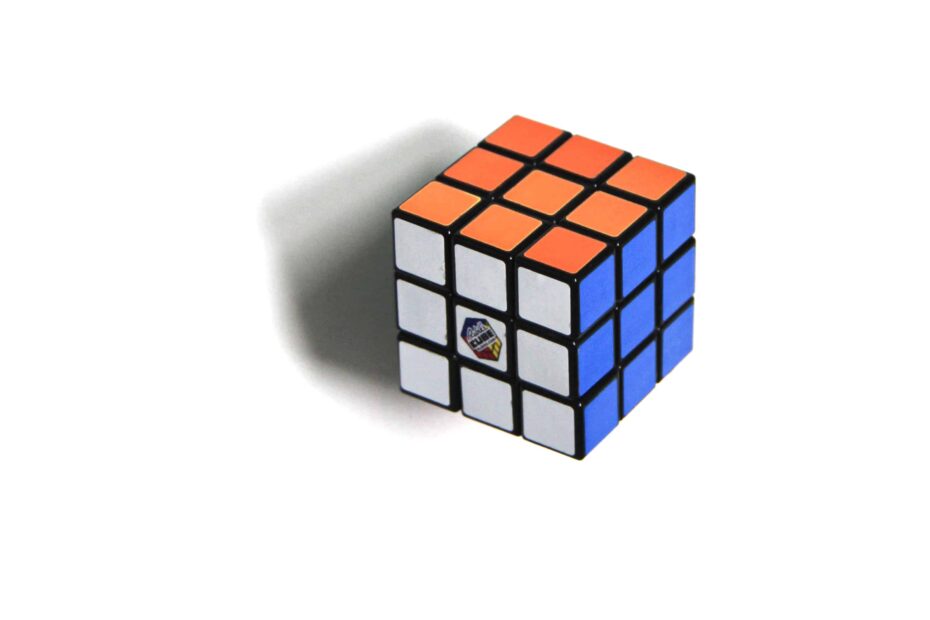
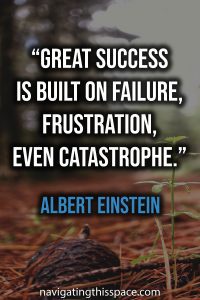
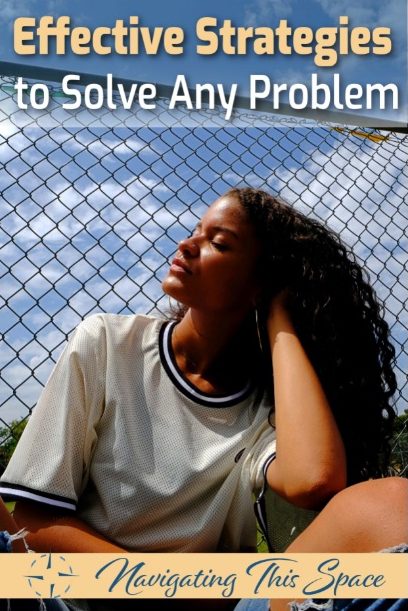
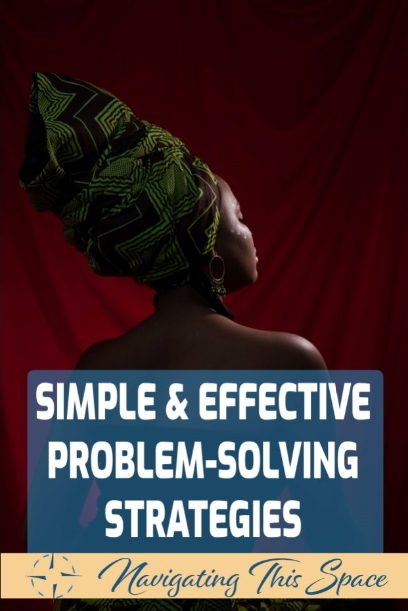

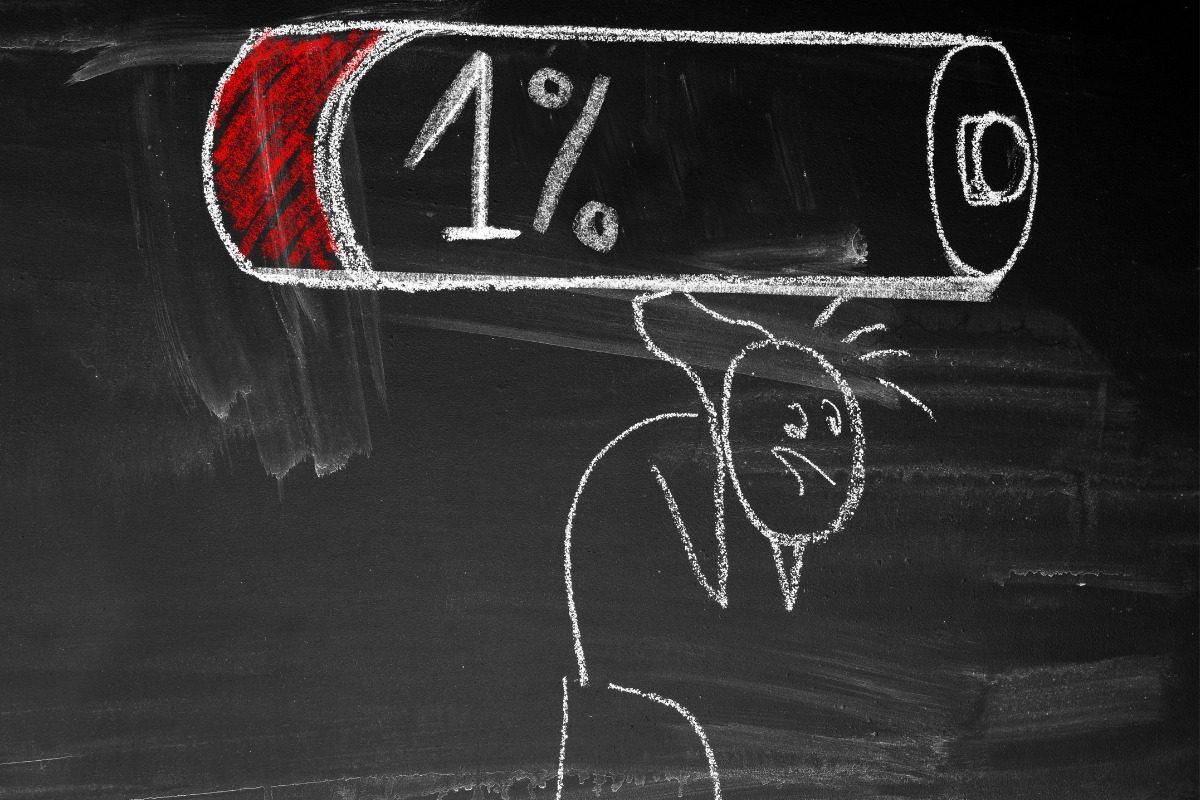

Great article! I love the part about taking action is the most important part. I look forward to reading more articles!
These are great tips! Everyone needs more problem solving skills in their life!!